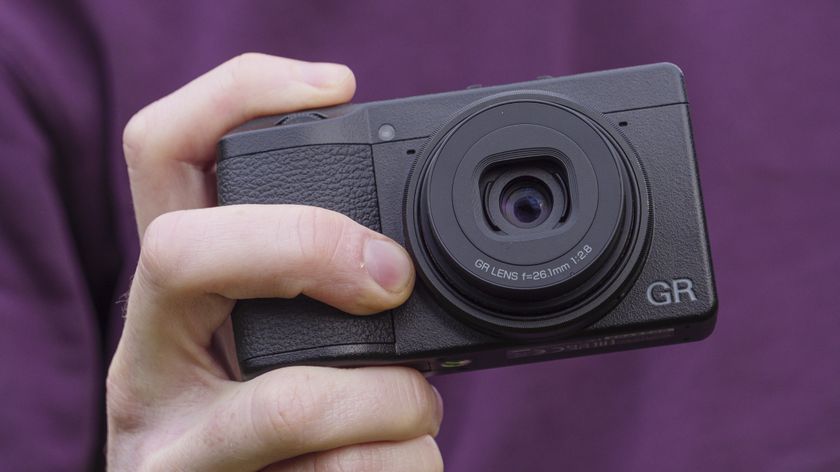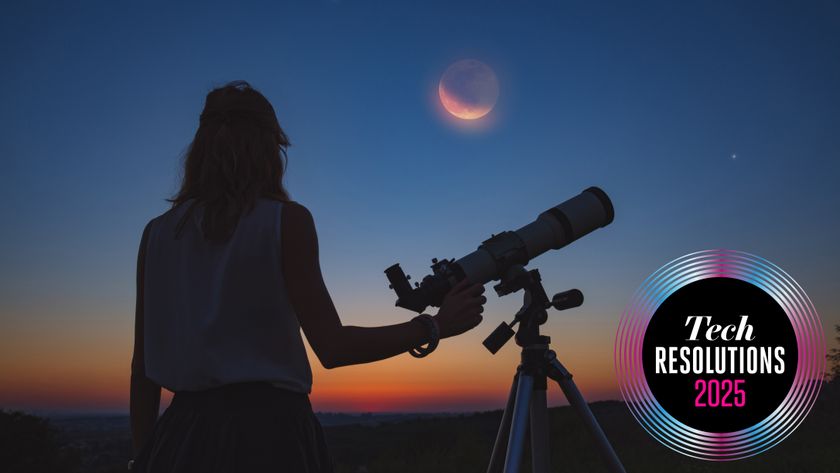33 travel photography tips you shouldn’t leave home without
Essential travel photography tips and tricks
Travel Photography Tips: camera settings
Tip 14: use Aperture Priority mode
When photographing landscapes, you want to achieve a maximum depth of field so the scene is sharp from foreground to background - so it's best to use Aperture Priority mode (Av). You can choose the f/stop required and the shutter speed will be set automatically.
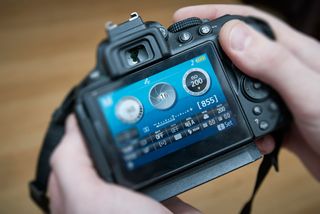
Just be aware that, if you can't use a tripod and want to use a narrow aperture, the shutter speed might be too slow to handhold. Many tourist attractions don't allow tripods, so try setting the camera on a wall or similar.
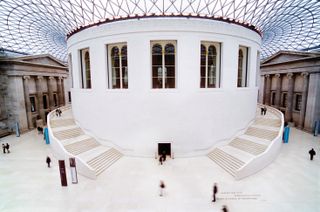
Conversely, if you want to shoot a portrait of one of the locals during your travels, isolate your subject by using a large aperture, such as f/2.8, and selective focus, to blur a distracting background.
Tip 15: shoot raw
Why shoot in raw? Because if you don't it's like driving in Ferrari but only using first gear; you're not getting the full potential from the car - or in this case the image file. Raw is like having a master negative that contains much more data, whereas JPEG is like only having the print.
Raw enables you to go back at any time and process the image in a different way.
Get daily insight, inspiration and deals in your inbox
Sign up for breaking news, reviews, opinion, top tech deals, and more.
Tip 16: take better candids
There is nothing worse than cheesy posed pictures. Grab candid pictures when the subject is unaware that you're photographing them for better results.

Use a telephoto lens to capture natural portraits of locals and to blur distracting backgrounds, while use fill-flash in bright, sunny conditions to fill the shadows and bring out colours.
Try and get in close to your subject so they are recognisable: a common mistake is to have a person too small in the frame. Show off a beautiful location by having a person actively doing something within the scene, such as walking along a beach.
Tip 17: know your metering modes
Understanding the difference between metering modes will help improve your travel photography. Best for most situations is Evaluative metering. This averages readings from all four corners and the centre of the viewfinder.
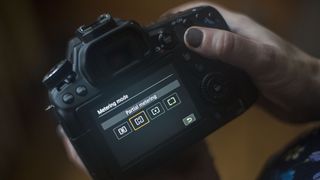
Partial metering takes a reading about 14% of the centre of the viewfinder; this is useful when doing a portrait of a person who is backlit. Spot metering takes in about a 3% area and is useful for metering smaller subjects in the frame, which would otherwise be over-exposed. Finally, centre-weighted metering concentrates on 60-80% of the central part of the viewfinder.
Tip 18: get white balance right
White balance settings will adjust the colour temperature for any given lighting situation to correctly render elements that are supposed to be white - instead of grey or some other colour.
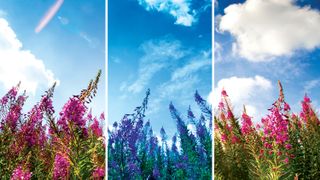
Remember that, if you are shooting in raw, the image on the display is for viewing purposes only and can be changed post-processing; however, if you are shooting JPEG, the white balance setting will effect the file at the point of capture. The cloudy white balance setting is great for just warming up a scene a bit.
Tip 19: read your histograms
When reviewing images on your LCD, press the Info button to bring up your histogram. The left side of the graph indicates the shadow information and the right side the highlight information of the scene.
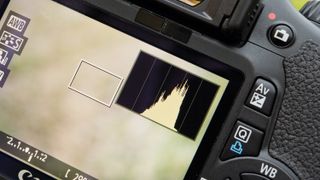
The idea is to make an exposure that puts the graph as far over to the right of the rectangle without going over the end - if it does, it means your highlights are blown out. When you're in very bright, sunny conditions it's impossible to see the image on the LCD, so use the histogram to check if your exposure is correct (find out How to read a histogram: free cheat sheet).
Tip 20: the best ways to use camera filters
If you only had the choice of using one filter, it would have to be a circular polariser. It's useful because it not only reduces unwanted reflections and glare from surfaces such as glass or water, but increases saturation in blue skies.
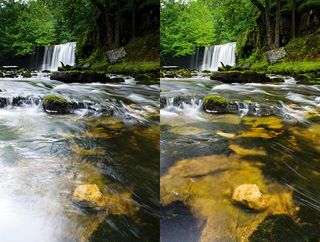
To get maximum polarisation, place your subject at 90 degrees to the sun. You may also want to try using graduated neutral density filters. They are great not only for contrast control, but to add drama and atmosphere to skies, by balancing the exposure of the sky so it's in-line with the foreground.
